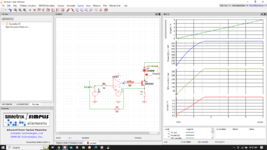tnnedaboard
Member level 3
Hi,
I wanted some help kindly
can i use the same digital potentiometer for 9 laser diode?
obviously I will have a single setting for all 9...

I wanted some help kindly
can i use the same digital potentiometer for 9 laser diode?
obviously I will have a single setting for all 9...
